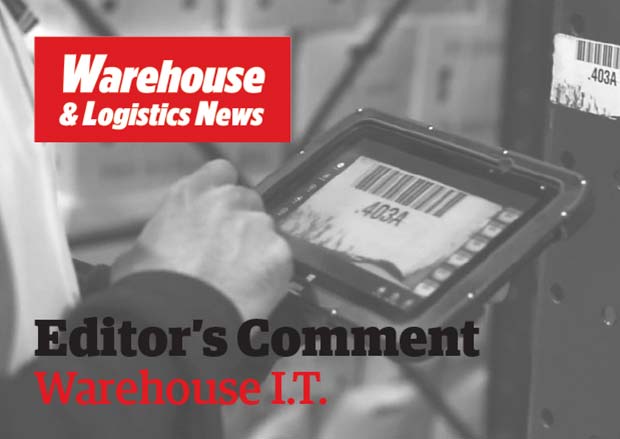In this year unlike any other, current trends have included an increase in e-commerce, changes in buying behaviour, longer waiting times at destinations and greater demand for transport assets. Technology can help reduce these problems and speed up the delivery to customers. Digital tools will help firms cope with the mountain of data and provide detailed analysis.
This article was first published in the October 15th 2020 issue of Warehouse & Logistics News, subscribe to the magazine by clicking here.

AGVs from MasterMover are used in every kind of production and logistics environment. When it came to developing a new AGV, it was safety that was the unequivocal starting point for the development.
MasterMover turned to SICK’s safety laser scanners and its Flexi Soft Safety Controller with EFI Pro Gateway as the foundation for an integrated and standards-compliant safety design.
“The evidence is there for all to see – e-commerce purchases are skyrocketing,” says Don White, CEO for SnapFulfil North America. “It’s been trending for a while actually, but the global pandemic and associated ‘stay at home’ orders, plus restrictions on business operations and occupancy of brick-and-mortar establishments, has accelerated it beyond even the most hardened analyst expectations.” As much as e-commerce is a commercial opportunity for once traditional retail B2B businesses, they also face acute growing pains as they struggle to meet warehouse and fulfilment demands, which is where third party logistics (3PL) companies have an opportunity to seize the day. 3PLs are also having to adapt their operations and models to meet the ‘new world’ customer requirements that are often difficult to systematically accommodate, such as gift experience, low-mix/high volume, size, weight and packaging requirements, high mix/low volume, increased service and delivery levels.
Like the supply chain itself, applications are constantly changing, according to BluJay Solutions, and simply planning a load or optimising a pick path is no longer enough. Today, companies need supply chain execution applications that integrate within their network, leveraging data from the ecosystem to provide easier access to services and collaboration with partners and carriers. With a platform like this, firms can increase capacity, boost efficiency, and get lots of data that they can leverage to improve operations and customer experience.
Some examples of warehouse automation solutions include automated storage and retrieval storage (AS/RS), conveyor systems, pick-to-light systems, voice picking/tasking, sortation systems, collaborative mobile robots (AMRs), automated guided vehicles (AGV) and drones. Automation within logistics benefits both businesses and customers through cost efficiencies and faster distribution, says GreyOrange. Other advantages include fewer errors and increased warehouse safety.
There are software solutions on the market which can allow warehouse operators to create models of changes to their operations. By modelling various scenarios, operators can compare and evaluate potential improvement plans without risk, using their own live data. The software solutions allow operators to cost potential changes in capital and operating expenses and to make decisions on affordability and suitability.
George Simpson
Features Editor




Comments are closed.